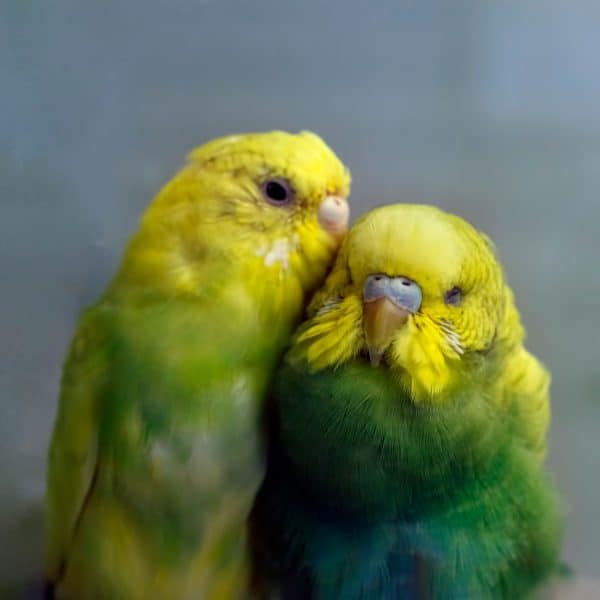
My Cockatiel Is Going Through Ascites.
Last Updated on by Mitch Rezman
Name: Cynthia
Hello.
I came across the story about your cockatiel Popcorn.
I am going through the exact same thing with my cockatiel.
Can you tell me the outcome?
I know it is likely grim.
Thank you, Cynthia and Bindi
Dear Cynthia
Popcorn passed a couple years ago.
We would be happy to tell you what we can
Please refresh me as to what in particular you would like to know.
There were so many articles written that I want to make sure we cover the right topic.
Thank you
Hello.
I am really sad to read that.
My cockatiel is going through the same thing with ascites.
Since August she has had the fluid accumulation where the vet or myself does paracentesis for her so she can breathe better and she gets Lupron injections.
It is likely an ovary tumor but there is no definitive diagnosis.
At first, they thought egg yolk coelomitis.
The fluid I withdraw was once very yellow.
Now it is very light yellow.
I know it is bad.
How long did Popcorn live with the condition?
Thank you,
Cynthia and Bindi
Dear Cynthia
We learned so much after we found out that Popcorn was sick.
We have spent the last 2 years working to spread the word on how to stop our pet birds hormonal behavior.
Since Popcorn was a rescue we really had no idea how long she was sick.
Of course, as you know, there is really no way to determine exactly what is wrong with our birds until after they pass and a necropsy is performed.
Due to the huge cost of her treatment, we passed on the necropsy and buried her next to a past lost bird.
We did notice from the beginning that she was a chronic masturbator and egg layer
We didn’t know what to do
We did the typical things like shooing her when she was rubbing things.
We bought her dummy eggs, all to no good end.
Then she was walking around with her wings held out from her body and we knew something was wrong.
That is when we had to start dealing with the ascites.
After treatment was started we learned about light therapy
We did it and she stopped masturbating and laying eggs but the damage was already done.
As long as the fluid was removed she could breathe better and she had no outward appearance of illness.
However, she was losing weight and was quite thin when she passed.
She acted normal up until the evening she no longer could keep up appearances and it was obvious she was on the way out.
My husband ended her suffering late that night.
It was heartbreaking for us both.
We have always been huge advocates pet birds.
We have been working hard to spread the word that birds in our homes are likely all suffering from hormonal issues due to the poor light (cycles) they get.
Something as simple as a full spectrum bulb mounted above the cage as close as possible to the top of birdcage set on a timer 12 hours on and 12 hours off can help regulate their hormones.
Editors note: Human’s get SAD Seasonal Affective Disorder in the winters for the same reason, inconsistent light cycles.
Human light therapy is recommended for the same reasons we apply to birds
Hormonal birds, not just those that are laying eggs and masturbating which are the obvious symptoms, but for males and females who are exhibiting behavior issues, biting, crankiness, plucking and more will benefit from light therapy.
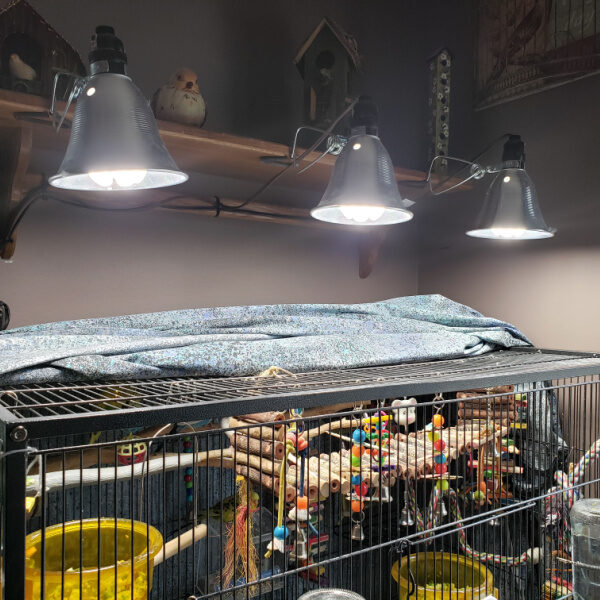
We have helped numerous customers get their birds calmed down and back on track as happy little birds (and big ones too) by getting them to set up a simple lighting arrangement for their birds.
Those who are a showing raging hormonal issues can be re-set with a simple 72 – 168 hours light treatment using the same full spectrum bulb above their cage by leaving the light on for 72 – 168 hours straight.
The bird must remain below the light the entire time and not leave the birdcage.
The bird will eat, drink, play, sleep or nap as usual.
Expect that it will be calling out at all hours, but he or she will be fine.
After the prescribed photo period your bird’s circadian rhythm will have been re-set
The bird should lose all interest in masturbating or tending to eggs.
If you don’t see the change, wait one week and repeat the process.
Next resume the 12 hours on and 12 hours off light set up, the bird should resume being a bird without constantly being hormonal.
Also, birds should never be pet below the neck.
It’s a sexual stimulant.
Body petting only results in the hormones being stimulated resulting in the problems again.
They do appreciate it on their heads and necks as they can’t reach those areas themselves.
We can give our birds a great amount of affection from the neck up.
We did allow her to have a lupron shot early on but not another after we did not research on it and found that it is detrimental to their health in the long run.
It will not help if the issues that led up to the problems if the hormonal problems are not resolved.
When they are, lupron shots are not needed.
Lupron caused health issues may never show up in birds as they usually die from their hormonal issues anyway, so what is the point? Humans who have been given Lupron shots (to delay early pre puberty in pre pubescent girls) have resulted in early damage to teeth, bones, spinal issues, fibromyalgia and more.
It is not a good medication for man or beast.
I wish you and Bindi the best of luck.
Catherine
I will pass this response on to Mitch who may also contribute when he can.
Meanwhile, if you have not, please check out our many blog posts about the effects of light on captive birds.
FAQ’s for bird light therapy:
In regard to the light cycle therapy based on Dr. Kevin Wright’s (avian) DVM experience, it is not the actual amount of lumens the bird is exposed to but the continued exposure to light, in an enclosure without dark zones offered consistently for 72 hours should be sufficient to break the hormonal cycle (that triggers egg laying).
The amount of lumens is not the critical factor – but that the light within the enclosure or room is consistently bright enough to break the “night cycle”.
Why do you recommend 72 – 168 hours of continuous light for cases of chronic egg laying?
The continuous light is used to reset the bird’s circadian rhythm.
This is ONLY needed for chronic egg layers. All other animals with suspected hormonal issues may just have
I am concerned with how the continuous light will affect my bird. Will it be able to sleep? Won’t it stress my bird?
Your bird will be able to sleep in the light.
Continuous light is much less stressful than chronic egg laying or egg binding.
Can the lights be dimmed during the night or does the light need to be bright the entire 72 hours?
The same light without variation (brightness) must be used for the entire duration (3 days = 72 hours 7 days = 168 hours) for this to be effective.
If I am unable to remove the bird from the same room as my other pets, how will 72 hours of continuous light affect pets that do not have any issues?
The light will not harm the other animals in the room.
The time frame for results varies depending on the animal and the severity of each individual case.
In the process of trying to recover our cockatiel as a pet, we been interacting with many of you seeking the same solutions that you are.
FAQ’s by mitchr
Author Profile

Latest entries
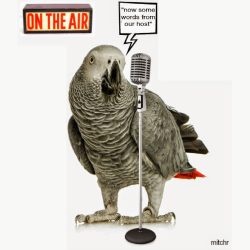 Bird & Parrot CareJune 20, 2025Understanding the Best Way to Use Prevue Pets Mimic Me Voice Trainer
Bird & Parrot CareJune 20, 2025Understanding the Best Way to Use Prevue Pets Mimic Me Voice Trainer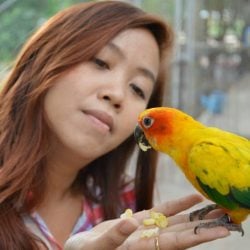 Bird BehaviorJune 6, 2025How Do I Keep My Parrot From Dumping His Food Every Day?
Bird BehaviorJune 6, 2025How Do I Keep My Parrot From Dumping His Food Every Day?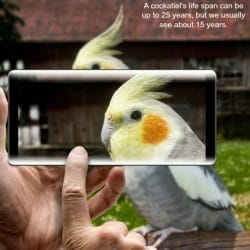 Birds & LightingMay 16, 2025I Am Seeking Clarity About Lighting for My Birds Cage
Birds & LightingMay 16, 2025I Am Seeking Clarity About Lighting for My Birds Cage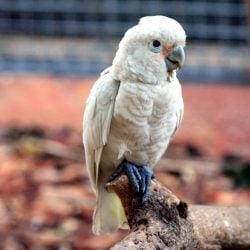 Bird RescueApril 29, 2025How Do We Re-Home a 17 yr Goffin Cockatoo?
Bird RescueApril 29, 2025How Do We Re-Home a 17 yr Goffin Cockatoo?


